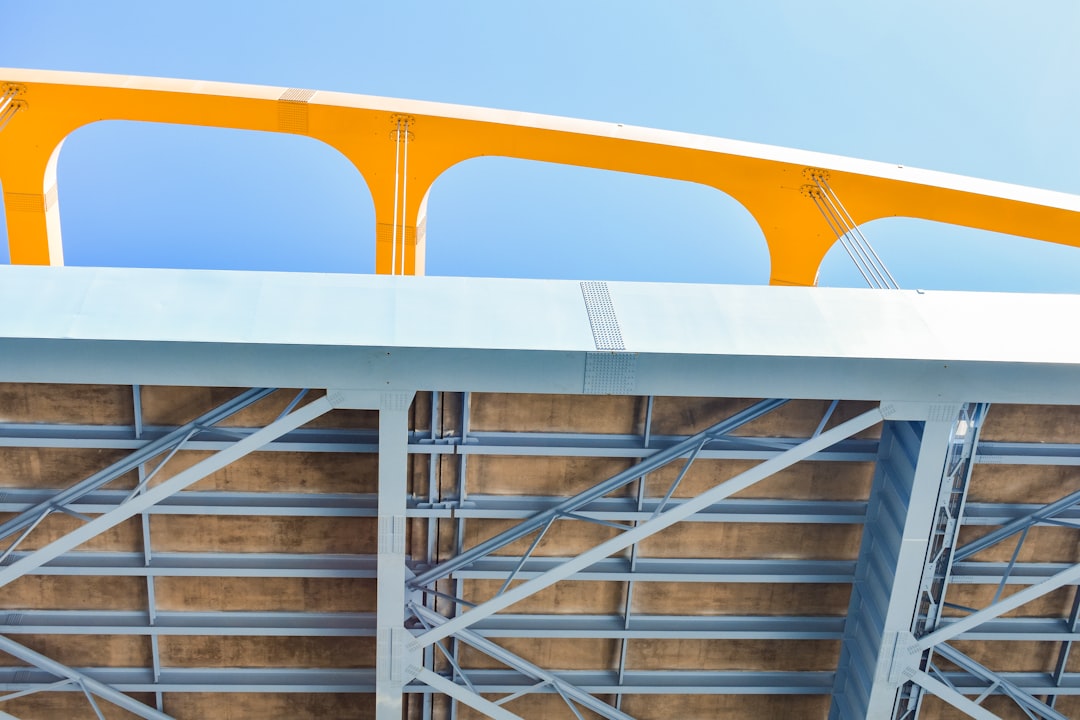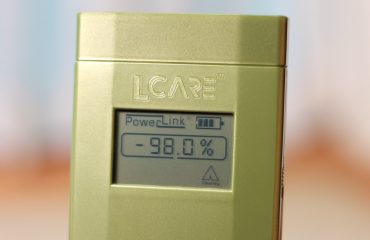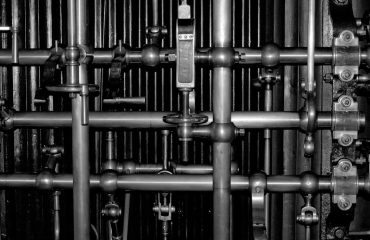HEA profiles, or High-Efficiency Angles, are critical components in the design and construction of heavy load structures. Their ability to withstand significant stress and strain makes them indispensable in various industries, from bridge construction and shipbuilding to industrial plant fabrication. This comprehensive guide delves into the specifics of using HEA profiles for these demanding applications.
Understanding HEA Profile Characteristics and Advantages
HEA profiles are distinguished by their unique geometry, optimizing strength-to-weight ratio. Unlike other structural steel sections, HEAs possess parallel flanges and a relatively slender web. This design maximizes bending resistance while minimizing weight, a crucial factor in heavy load applications where minimizing material usage without compromising strength is paramount. Key advantages include:
- High Strength-to-Weight Ratio: This allows for lighter structures without sacrificing load-bearing capacity, leading to cost savings in material and transportation.
- Excellent Bending Resistance: The parallel flanges provide exceptional resistance to bending moments, crucial for supporting heavy loads and resisting deflection.
- Enhanced Stability: Their geometry contributes to improved lateral stability, particularly important in tall structures or those subjected to wind or seismic loads.
- Weldability: HEA profiles are readily weldable, facilitating efficient construction and allowing for complex structural designs.
- Cost-Effectiveness: The optimized design translates to efficient material utilization, resulting in long-term cost savings.
Material Selection for Optimal Performance in HEA Profiles
The choice of steel grade significantly impacts the performance of HEA profiles under heavy loads. Common steel grades used include S235JR, S275JR, S355JR, and higher-strength steels like S460M. The selection depends on the specific load requirements, environmental conditions, and desired lifespan of the structure. Factors to consider include:
- Yield Strength: A higher yield strength indicates greater resistance to permanent deformation under load.
- Tensile Strength: This represents the maximum stress the steel can withstand before failure.
- Ductility: Ductility is essential for absorbing energy during impact or seismic events, preventing brittle fracture.
- Weldability: Selecting a steel with good weldability ensures the integrity of the welded joints, critical for the overall structural strength.
- Corrosion Resistance: Depending on the environment, selecting a steel with enhanced corrosion resistance (e.g., weathering steel) might be necessary to extend the lifespan of the structure.
Design Considerations for Heavy Load Structures Using HEA Profiles
Designing structures using HEA profiles for heavy loads requires meticulous attention to detail and adherence to relevant design codes and standards. Key considerations include:
- Load Analysis: A comprehensive load analysis is essential to determine the magnitude and distribution of forces acting on the structure. This includes dead loads, live loads, wind loads, seismic loads, and any other relevant loads.
- Stress and Strain Calculations: Accurate stress and strain calculations are crucial to ensure the HEA profiles are adequately sized to withstand the anticipated loads without exceeding allowable stress limits.
- Connection Design: The design of connections between HEA profiles and other structural elements is critical. Appropriate connection methods, such as welding or bolting, must be selected to ensure sufficient strength and stability.
- Buckling Considerations: HEA profiles, especially slender ones, are susceptible to buckling under compressive loads. Proper design considerations, such as bracing or stiffeners, are necessary to prevent buckling failure.
- Fatigue Analysis: For structures subjected to cyclic loading, fatigue analysis is crucial to assess the potential for fatigue failure over the structure’s lifespan.
Applications of HEA Profiles in Heavy Load Structures
The versatility of HEA profiles makes them suitable for a wide range of heavy load applications, including:
- Bridges: HEA profiles are frequently used in bridge construction for beams, girders, and other structural components.
- Buildings: They can be incorporated into high-rise buildings and industrial structures to support heavy loads.
- Offshore Structures: The strength and corrosion resistance of HEA profiles make them suitable for offshore platforms and other marine structures.
- Industrial Plants: HEA profiles are used extensively in industrial plants to support heavy machinery and equipment.
- Crane Structures: Their high strength-to-weight ratio makes them ideal for constructing crane structures that need to handle heavy loads.
Quality Control and Inspection of HEA Profiles
Ensuring the quality of HEA profiles is paramount to the safety and longevity of heavy load structures. This involves:
- Material Testing: Testing the steel used for HEA profiles to verify its conformance to specified standards is crucial.
- Dimensional Inspection: Checking the dimensions of the profiles to ensure they meet the required tolerances.
- Visual Inspection: A thorough visual inspection to detect any surface defects or imperfections.
- Non-Destructive Testing (NDT): Employing NDT methods, such as ultrasonic testing or magnetic particle inspection, to detect internal flaws.
- Welding Inspection: If welding is involved, rigorous inspection of the welds is necessary to ensure their integrity.
By carefully considering these factors, engineers can effectively utilize HEA profiles to create robust and reliable heavy load structures that meet the demands of diverse and challenging applications.
Tags: HEA Profiles, Heavy Load Structures, Structural Steel, High-Efficiency Angles, Steel Design




